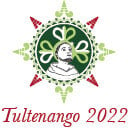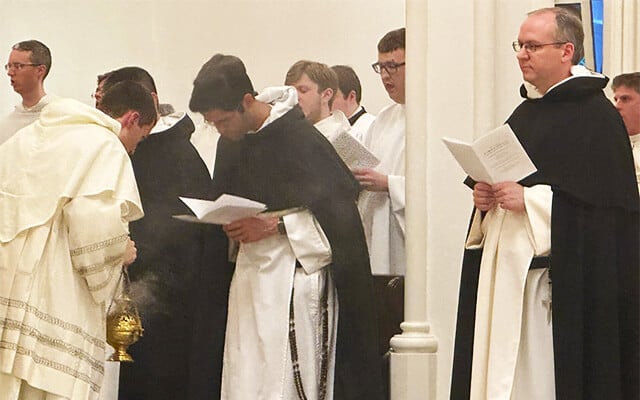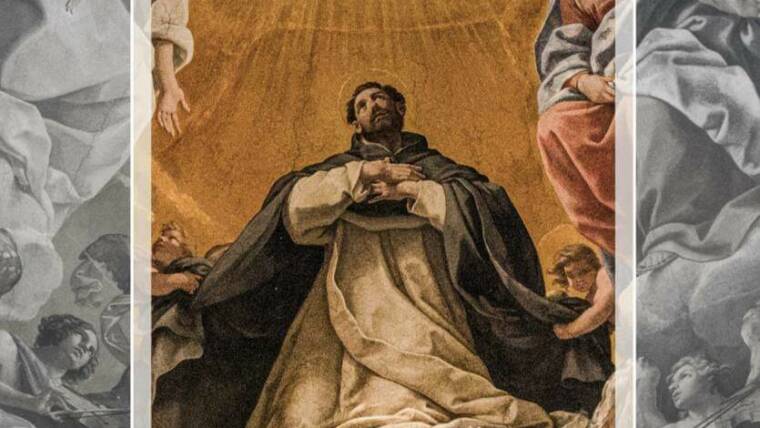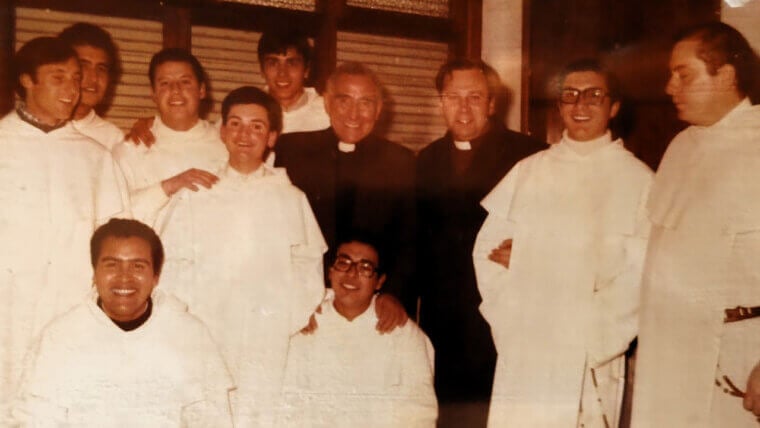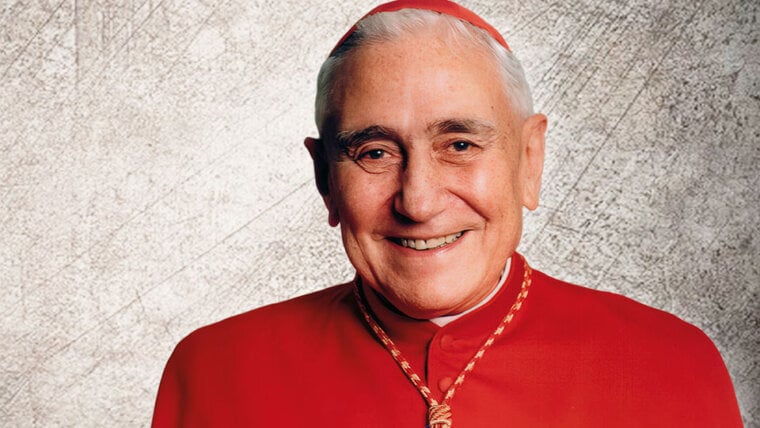
6-7 March 2023
Pontifical Institute of Medieval Studies, Toronto, Canada
These are exciting times for Dominican liturgical research. The Order’s Jubilee in 2016 was marked by many liturgical and academic events, such as the Oxford conference in 2015 whose papers on liturgy were published in The Medieval Dominicans: Books, Buildings, Music and Liturgy (2021). Now a new conference has brought together specialists in Dominican liturgy and history, as well as some two dozen Dominican friars from seven different provinces.
The conference was entitled Ritual Life in the Medieval Dominican Order: Liturgical Expressions and was organised by Fr Augustine Thompson, OP, praeses (president) of the Pontifical Institute of Medieval Studies (PIMS) and member of the Order’s liturgical commission (CLIOP). The host institution was PIMS, in the University of Toronto, with co-sponsorship by the Dominican Institute of Toronto, the Leonard E. Boyle Chair in Manuscript Studies, the Sheptysky Institute of Eastern Christian Studies and the University of St Michael’s College, Toronto.
The two-day conference (6-7 March) coincided with the Feast of St Thomas Aquinas in the Dominican Rite calendar. The first day had two parts: Humbert of Romans’ Reforms and their Reception, and Dominican Music and Chant. The second day looked at The Liturgies of St Thomas Aquinas, as this year we celebrate 700 years since his canonisation. Each series of papers was followed by a panel for Q&A.
The academic contributions were brought to life in a wonderful way by the liturgies of St Thomas’ feast in St Basil’s church at the University, namely the Solemn First Vespers on 6 March and the Solemn High Mass on 7 March, celebrated and served by the brethren in attendance, with the Dominican chant led by Viva Vox Cantores under their Lay Dominican director, Michael O’Connor.
There was also a visit to the PIMS library to see the Dominican manuscripts held in Toronto, such as the precious Bergendal MS 1 containing the Speculum sanctorale and Cronica imperatorum of Bernard Gui, OP, dated 1329 in Avignon, which Bernard himself had presented to Pope John XXII.
The conference as a whole revealed the present vitality of Dominican liturgical and historical scholarship, but much more needs to be done. The impressive liturgical unity built up by Humbert is no longer a reality in the Order and there is a clear need today for liturgical formation. It is to be hoped that this conference, both the talks and the liturgies and the fraternal interactions, will inspire further work on Dominican liturgy.
Matthew Jarvis, OP (CLIOP)
Here follows a brief summary of the individual papers.
Dominik Jurczak, OP (praeses of CLIOP and newly appointed Dean of Theology at the Angelicum) began by describing Humbert’s liturgical project in the 1240s-50s as seeking uniformity at the service of unity in the Order, situated within the wider context of the Gregorian reforms and Lateran IV promoting Cistercian liturgy and reform of the canons regular. ‘Dominican liturgical polycentrality’ is again a challenge for the Order today. While Humbert found liturgical texts largely consistent across the Order, his achievement was to unify our gestures and music.
Eleanor Giraud (University of Limerick, Ireland) reassessed the foundational ‘Humbert Codex’ (Santa Sabina MS XIV L1), showing that it was both a prototype for the complete Dominican liturgy in 14 books and also a work in progress. While clearly intended as a definitive exemplar, the manuscript shows several minor revisions, including new saints’ feasts such as St Peter Martyr, corrections to modal transpositions in the chant showing that the restoration of B-flat happened either before or during the production of this manuscript, and various marginal notes.
Innocent Smith, OP (St Mary’s Seminary and University, Maryland, USA) analysed the differences between two forms of the Dominican Missal, the Missale conventuale and the Missale minorum altarium, both in the Humbert Codex, and presented his ongoing census of post-Humbert missals, numbering 70 manuscripts between the 13th and 16th centuries. He concluded that the typology of two missals established by Humbert was not always followed. Pre-Humbert missals continued to be used and updated, while post-Humbert missals show a diversity of presentation in rubrics, musical notation, and hybridisation between the two missal typologies, though the texts remain consistent.
Augustine Thompson, OP (PIMS, CLIOP) unpacked the ‘Officium’ of the Dominican Penitents and Lay Brothers. Lateran IV had decreed that all the faithful should recite the Pater, Ave and Credo, at least in the vernacular, before their annual confession and communion. In practice people knew these prayers in Latin, normally learnt at their mother’s knee, using a cord to count the prayers. Women penitents were spontaneous lay initiatives but sought attachment to existing orders from the 1280s onwards; men joined the Dominican penitents from the early 1400s. The penitents adopted the devotional practices of the lay brothers, who would recite the Pater in church during the choral offices, conforming their postures to the clerics’ and thereby expressing their unity in prayer. St Catherine of Siena counselled one penitent to be moderate and not break her health, to abandon herself to the Blood of Christ rather than worry about completing the quota of Paters. Out of these penitents emerged the Third Order in the early 15th century in a more formalised way.
The ensuing panel discussion emphasised that Humbert’s project was not a ‘reform’ as such but a new and ongoing unification. Humbert expressed his embarrassment that the Dominicans were less united than other orders! In the secular-mendicant controversy, the Order had to justify itself by claiming a ‘locus’: since friars were mobile rather than ‘stable’, Dominicans sought a psychological locus, which included a unified liturgy in which any travelling friars would find their home.
Margot Fassler (Notre Dame, USA) offered an original look at Mary Magdalene, patroness of the Order, through our liturgical sources. The responsories for the Dominican office of the Magdalene were neither Victorine nor from Notre Dame in Paris but were unique in a pattern fixed by the Four Friars in the 1240s; responsories are important for telling a saint’s story and consolidating their identity. The tears of the Magdalene were often emphasised. But the readings in the lectionary and breviary were varied and changed over time.
Constant Mews (Monash University, Australia) made connections between the music theories of John of Garland and the Dominican Jerome of Moray [sic]. John speaks of the ‘rhetoric’ of music, including its ‘colours’ and the pleasure of hearing sound. Jerome was based in Paris and wrote the Tractatus de musica in the late 13th century, compiling musical theory from the ancients (Aristotle, Boethius) and also presenting the latest musical practices (instrumental music, polyphony). For Jerome, the distinctive feature of music is that it discriminates between the pitches of sounds.
The final part focused on the Translation of St Thomas Aquinas (28 January). The Cistercians of Fossanova get the credit for fostering the earliest devotion to St Thomas: instead of celebrating his Requiem they immediately celebrated a Mass of a confessor! It took Pope Urban V to decree that the body should be translated to Toulouse and the care of the Dominicans in 1368-9.
Marika Räsänen (University of Turku, Finland) explained the historical background and mentioned the French Dominican feeling that the Translation compensated for the fact that St Dominic’s relics were kept in Bologna despite the Toulouse origins of the Order. The Matins lessons and chants tell the Translation story and highlight the Psalm text ‘Rigans montes’, an important part of Aquinas’ personal devotion and the text he had chosen for his famous 1256 disputation in Paris. Interestingly, the Western Schism also divided the Order for a time and so this Translation office had two different ways of being sung. Lacking popularity, the feast was dropped in the 16th century, only to be reintroduced the following century but without the medieval office.
Richard Sundt (University of Oregon, USA) focused on the architecture of the Toulouse Jacobins church and its shrine of Aquinas, richly illustrated with many slides. The Jacobins church was built in four stages over two centuries (1229-1385); the famous ‘palm tree’ vault dates from 1292. The translation of 1369 reunited the skull of Aquinas with his corpus, albeit with only 50 out of 206 bones, separated again later when a great baroque mausoleum was constructed in 1630, thanks to large donations including from the King of France. The French Revolution destroyed the shrine but the relics were saved at the nearby basilica of St Sernin. New reliquaries were made in the 19th century and the church was thoroughly excavated and restored in the 1950s-70s leading up the 1974 celebration of 700 years since Aquinas’ death. Medieval Dominican legislation insisting on simplicity in architecture and decoration was evidently not always followed over the centuries.M. Michèle Mulchahey (PIMS) shared her working edition of recently discovered sermons for the Feast and Translation of Aquinas in Toulouse MS 342 (dated probably to the 1390s). The Order used liturgy and preaching to tell its own story about Aquinas, celebrating his intellectual legacy and moral purity and defending the translation of his relics. These 7 sermons use Biblical texts to present Aquinas as the Doctor Communis, the unified teacher containing all wisdom, exceeding other doctors. Some humorous passages were shared too: Aquinas is compared to the light of the moon, which was thought to warm the viscera of fish, causing them to unwind, since his teaching unpacks the complexities of the Sentences of Peter Lombard!

